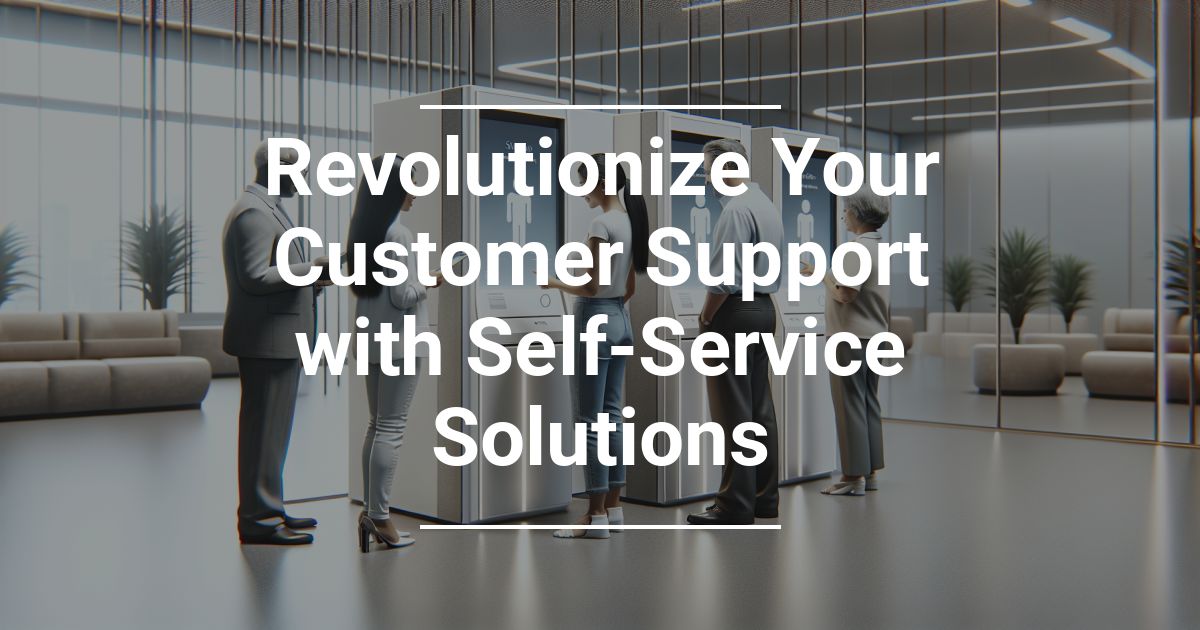Revolutionize Your Customer Support with Self-Service Solutions
Posted By Remote Techs On 12-August-2024

When your customers need help, they don’t always want to wait for an agent to become available—or even talk to anyone. They want to solve their issue as quickly as possible without hassles so they can get on with their day.
Implementing self-service solutions for customer support can help your customers get what they need quickly and on their schedule. While the idea of self-service might seem contrary to the foundations of customer service, for many people, being able to solve their issues themselves offers a more convenient and welcome option.
How Self-Service Solutions Create Positive Customer Experiences
Self-service isn’t a new concept. From getting cash from ATMs to pumping your own fuel, serving yourself has become a normal part of life for most of us.
Although customers expect at least some level of service from businesses, as demonstrated by the backlash against self-checkout kiosks in many stores, there are times when they would rather just do things themselves. Putting tools and procedures in place to facilitate this offers several benefits to your business and customer experiences, including:
- Increased customer convenience, without waiting on hold or in long lines to complete simple tasks
- Increased business efficiency since staff can focus on handling more complex issues while customers use an app or website for less urgent matters
- Reduced costs since you need fewer employees to handle customer service issues
- Empowering customers who feel like they can complete tasks on their own time and terms
Of course, not all customers want to use self-service solutions, so it’s important to integrate them into an overall customer service approach that offers multiple support options. In other words, customers must be able to contact you by phone, email, or even in person when they want more personalized assistance.
Self-Service Customer Support Options
A self-service solution can take many forms. Some of the most common include:
- Self-service kiosks that allow customers to perform simple tasks themselves, like ordering food, checking in for an appointment, or printing tickets
- Automated support systems, which use AI automation and chatbots to answer queries and solve problems
- Mobile apps, which allow customers to access information, complete transactions (like paying bills or checking a balance), and chat with agents on their phones
- Knowledge bases, online hubs with 24-7 availability that contain how-to guides, FAQs, and other information that allows customers to troubleshoot and solve problems on their own
Any of these options can help customers resolve their issues quickly, which supports overall satisfaction. However, the cost effectiveness and success of any self-service solution depend on its design and implementation.
Tips for Effective Self-Service Programs
Above all, any self-service solution you choose to implement needs to have a user-friendly interface so your customers don’t need to do extra work or become frustrated by a complex system. That said, there also needs to be a clear path to access human assistance to help with complex issues.
With efficient, well-designed, and easy-to-use self-service solutions that make the experience of addressing issues or completing simple tasks effortlessly, your company can provide top-notch service while saving money.